The Ultimate Guide To The World’s Best Champagnes
A new $1,200 book on the world’s most exceptional bottles comes as champagne exports hit the $6.5 billion mark.
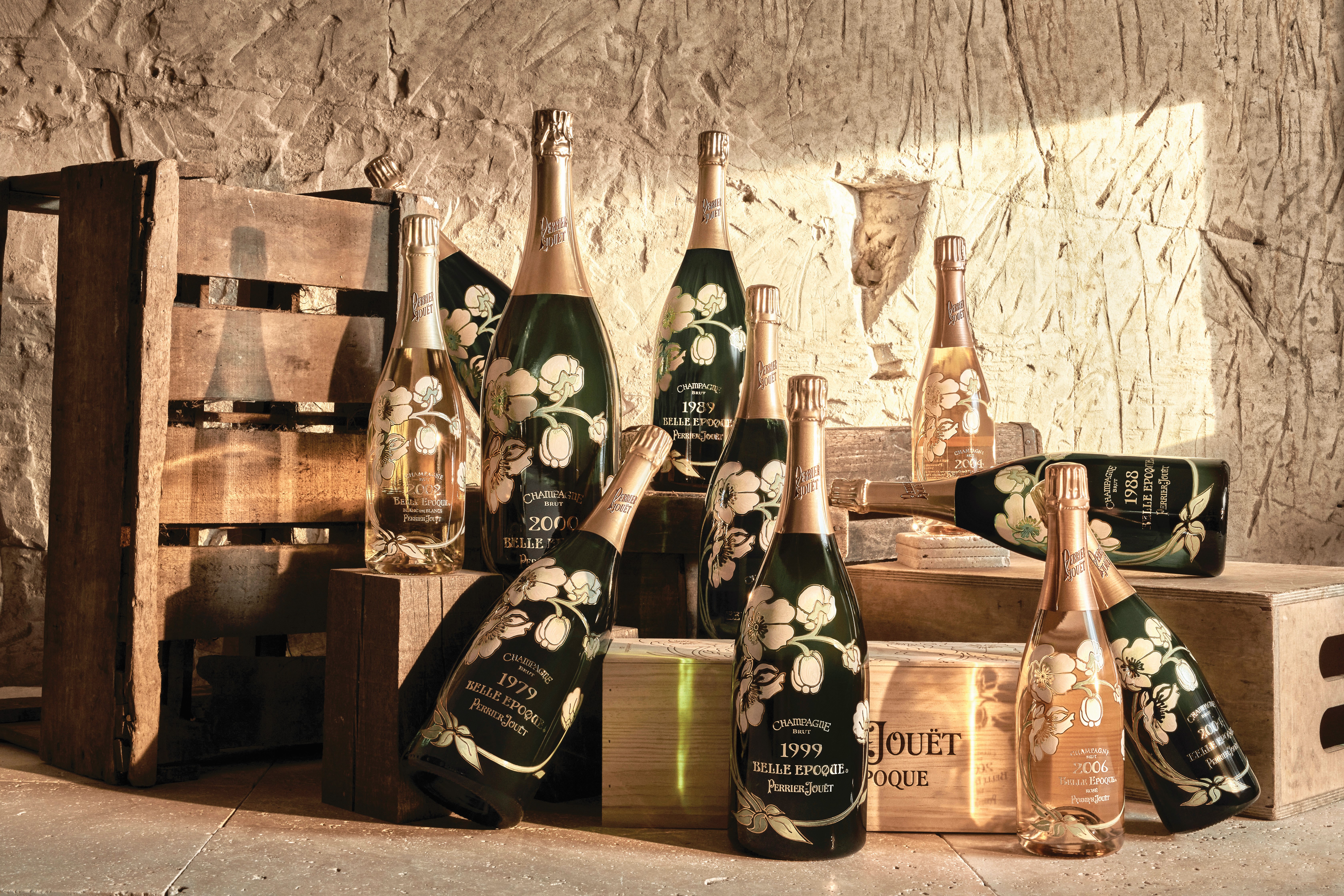
When Jacques Bollinger died in 1941, he left his storied champagne house to his wife Lily. She was an extremely colorful personality, who in her 30 years on the throne helped make Bollinger a global name. “I drink it when I’m happy and when I’m sad,” she famously said. “Sometimes I drink it all alone. When I have company, it’s obligatory. I sip it when I’m a bit peckish and drink it when I’m ravished. In other contexts, I never touch it—unless I happen to be thirsty.”
Famous tippler and The Great Gatsby author F. Scott Fitzgerald put it slightly more succinctly when he said, “Too much of anything is bad, but too much champagne is just right.”
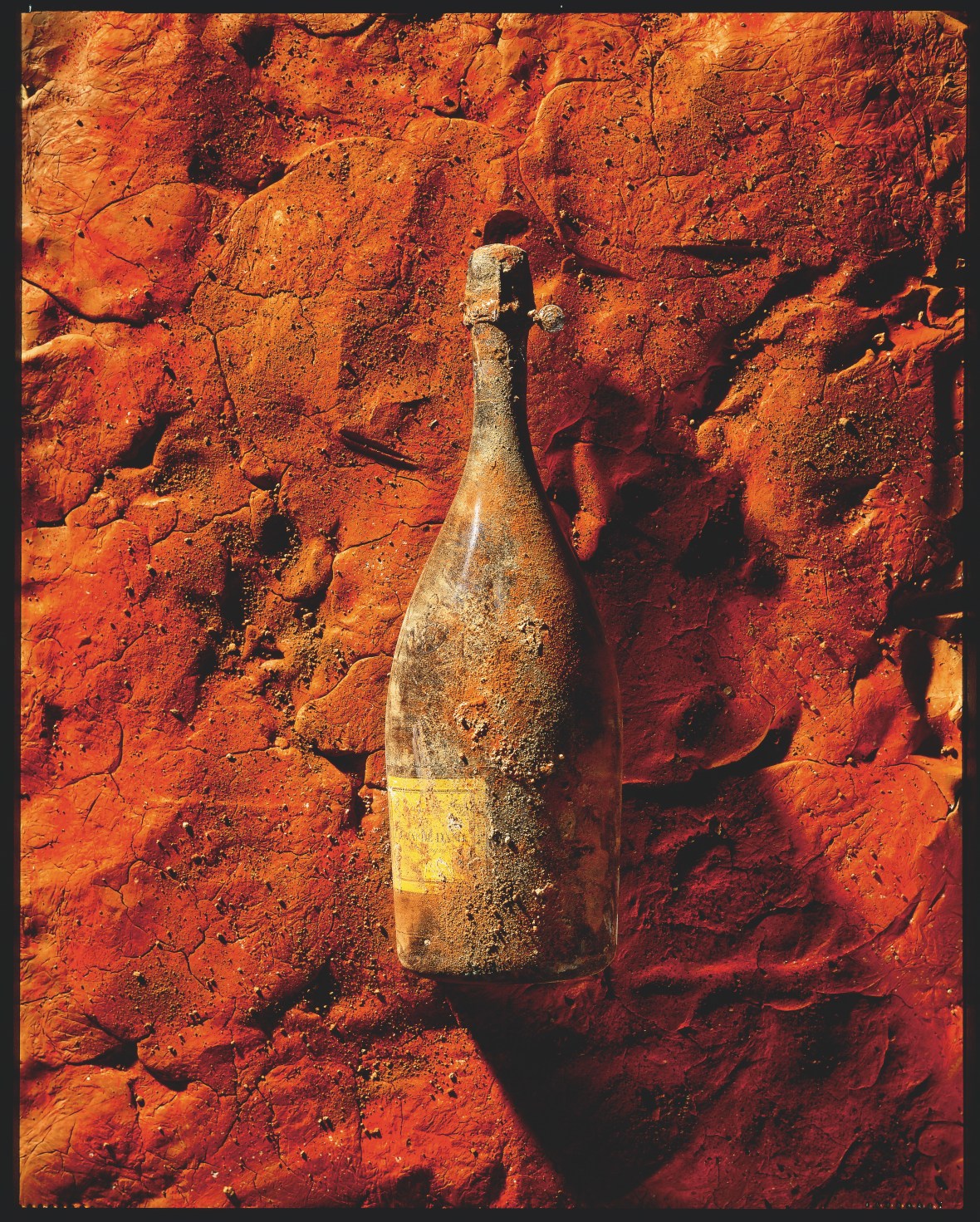
Both quotes, and plenty more, appear in The Impossible Collection of Champagne: The 100 Most Exceptional Bottles, new from famed French luxury publisher Assouline, with text by Enrico Bernardo, formerly of the legendary Four Seasons George V in Paris, who became the youngest world champion sommelier when he achieved the title in 2004 at the age of 27; his knowledge has only increased since.
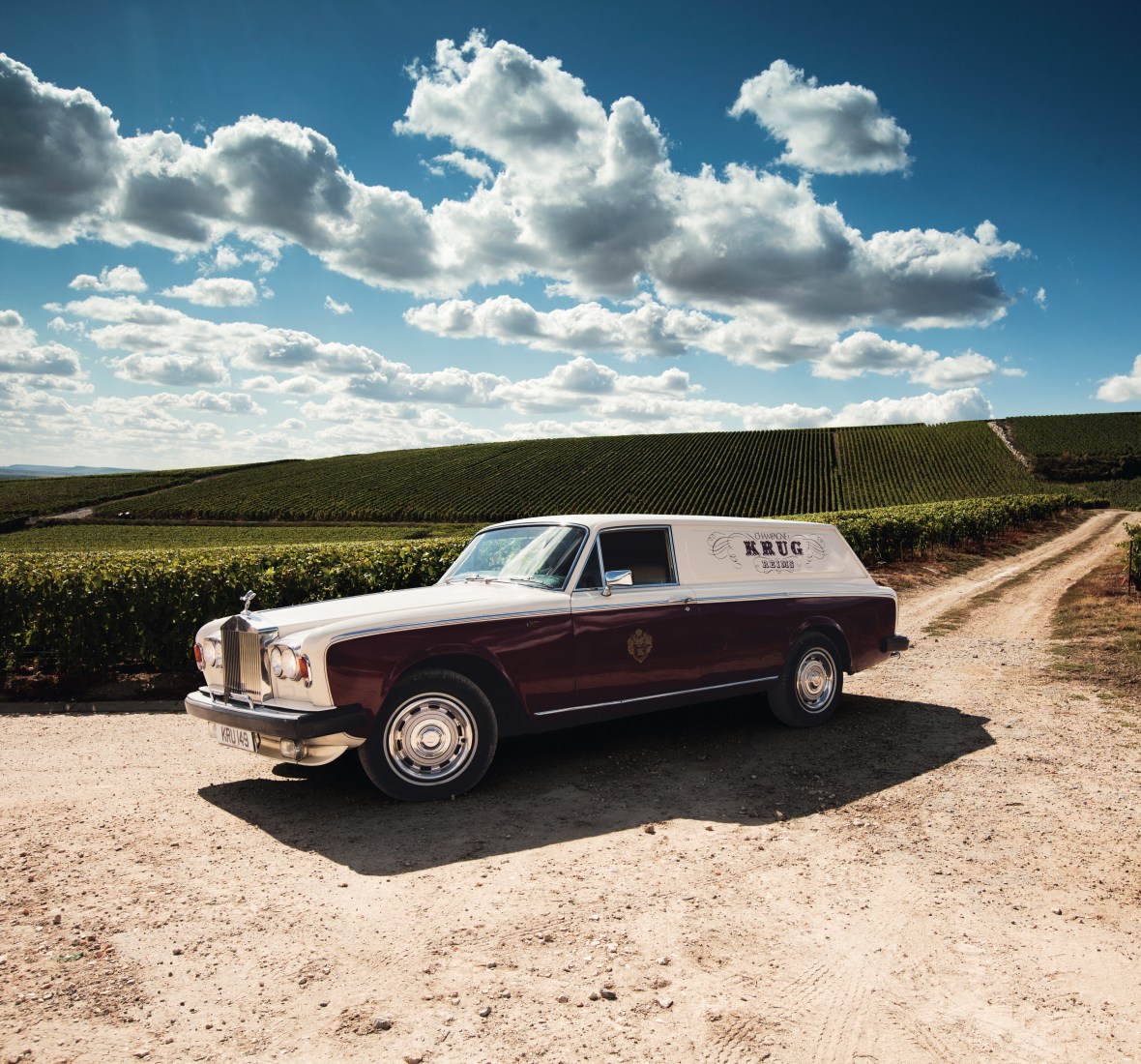
The $1,200 limited edition book’s publication happily coincides with the 120th anniversary of the iconic Art Nouveau Japanese anemone design created by Emile Gallé, which since 1964 has graced the bottle of one of the champagne world’s most famous and coveted cuvées: Perrier-Jouët Belle Epoque. No bottle better evokes the ineffable spirit of elegance and celebration in liquid form that the best champagne effortlessly imparts.
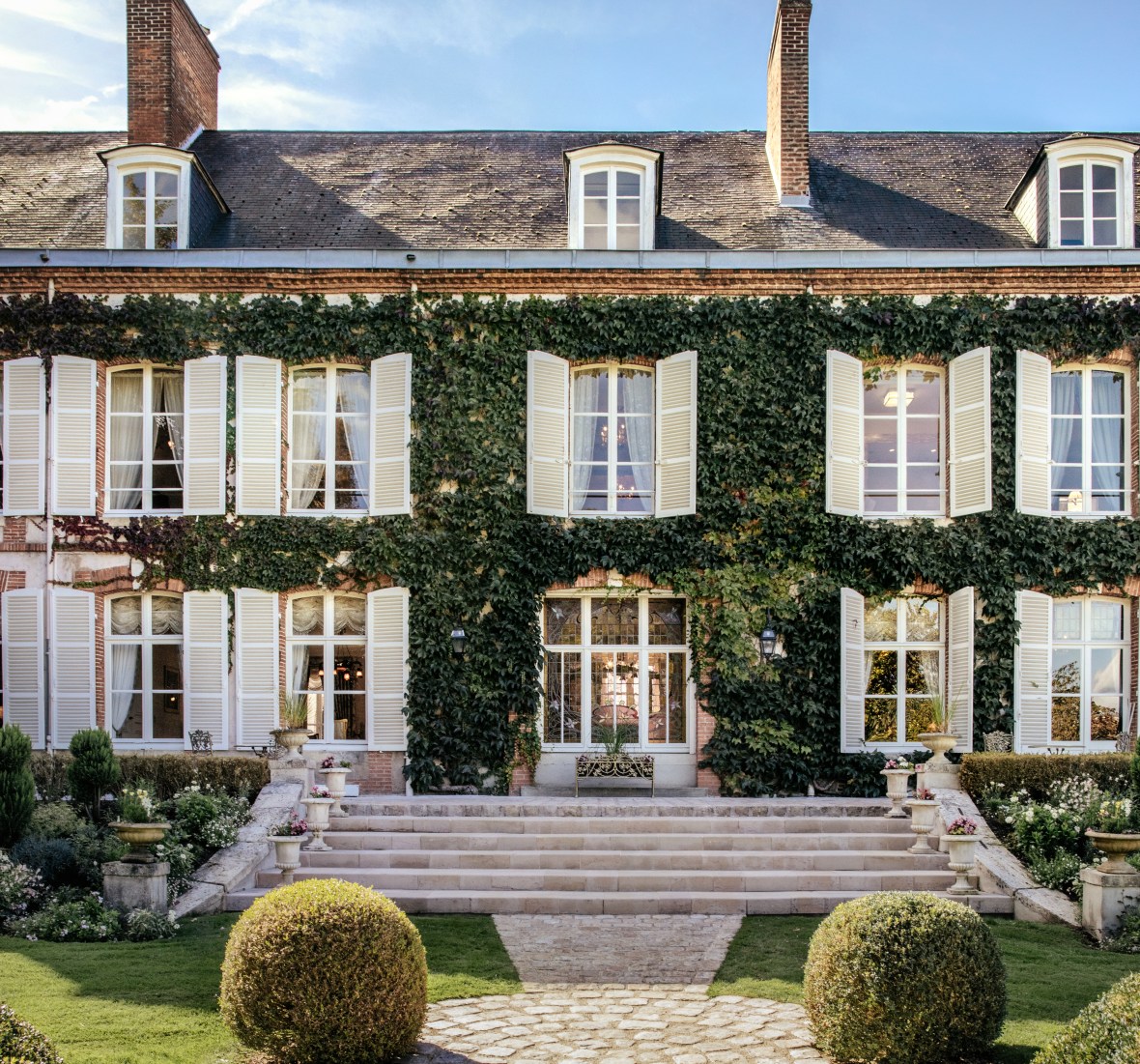
“For sheer magic, champagne has no equal,” Bernardo declares. “It is the very emblem of sophistication, of celebration, of uninhibited pleasure. Champagne is also beyond doubt one of the most closely protected wine appellations in the world. The region’s great houses enhance its glittering prestige.”
“Like mighty locomotives, they forge ahead to open new markets, highlighting French taste and the French art de vivre…. The combined skill and knowledge of the great houses and the independent growers guarantee their phenomenal success—so much so that everyone, it seems, considers champagne to shine in a category by itself, beyond every other sparkling wine on earth.”
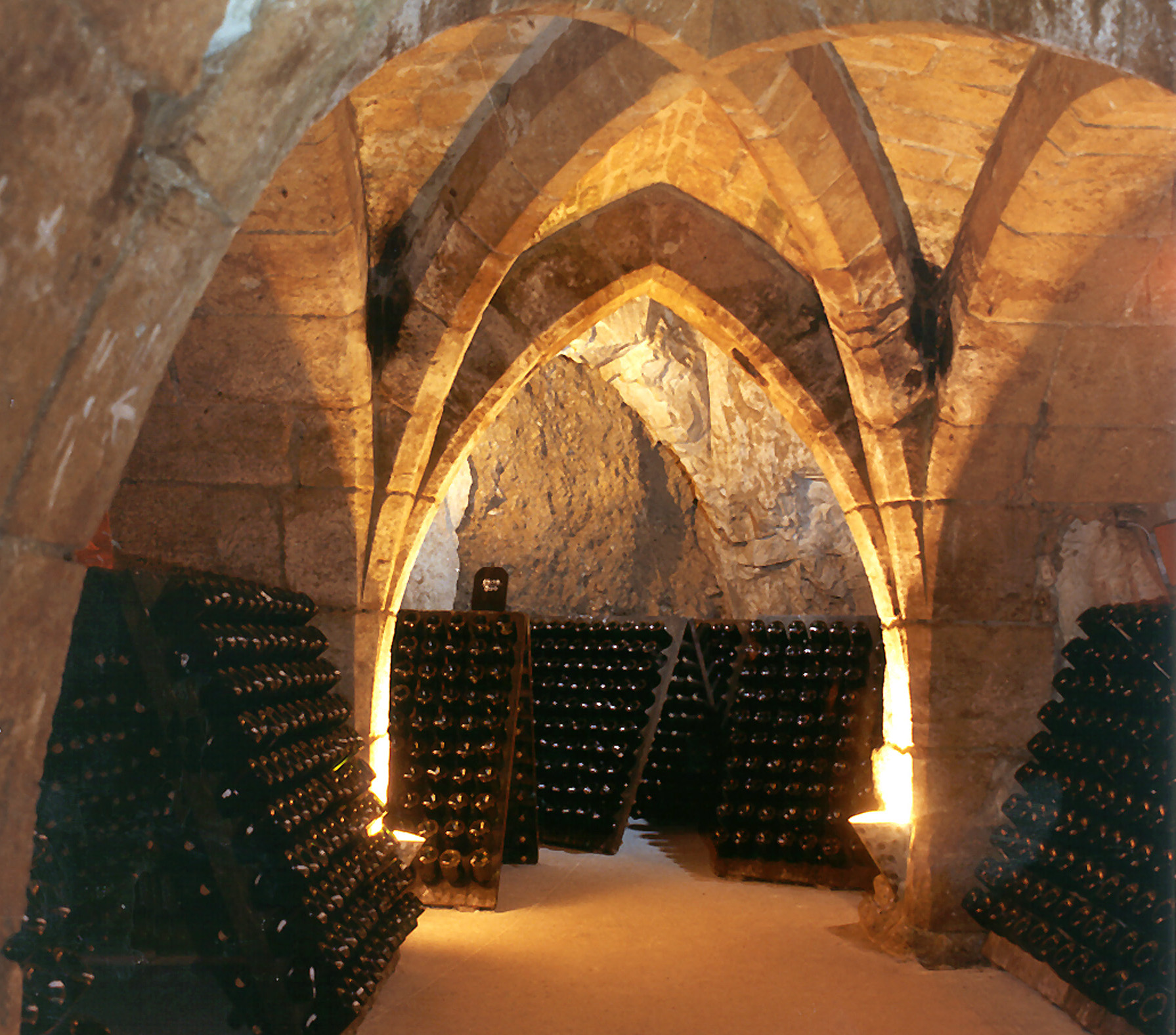
Though globally times may be uncertain, if now downright unstable, champagne remains more popular than ever. As the London Guardian recently reported, champagne exports hit a record €6 billion (about $6.5 billion) in 2022, according to the Comité Champagne, the trade association of producers in northern France, and the numbers are expected to be even higher this year.
And Matthew O’Connell, chief executive of fine wine trading platform LiveTrade, told the London Guardian that average prices for the top champagnes increased by 23% last year on top of a 42% increase in 2021.
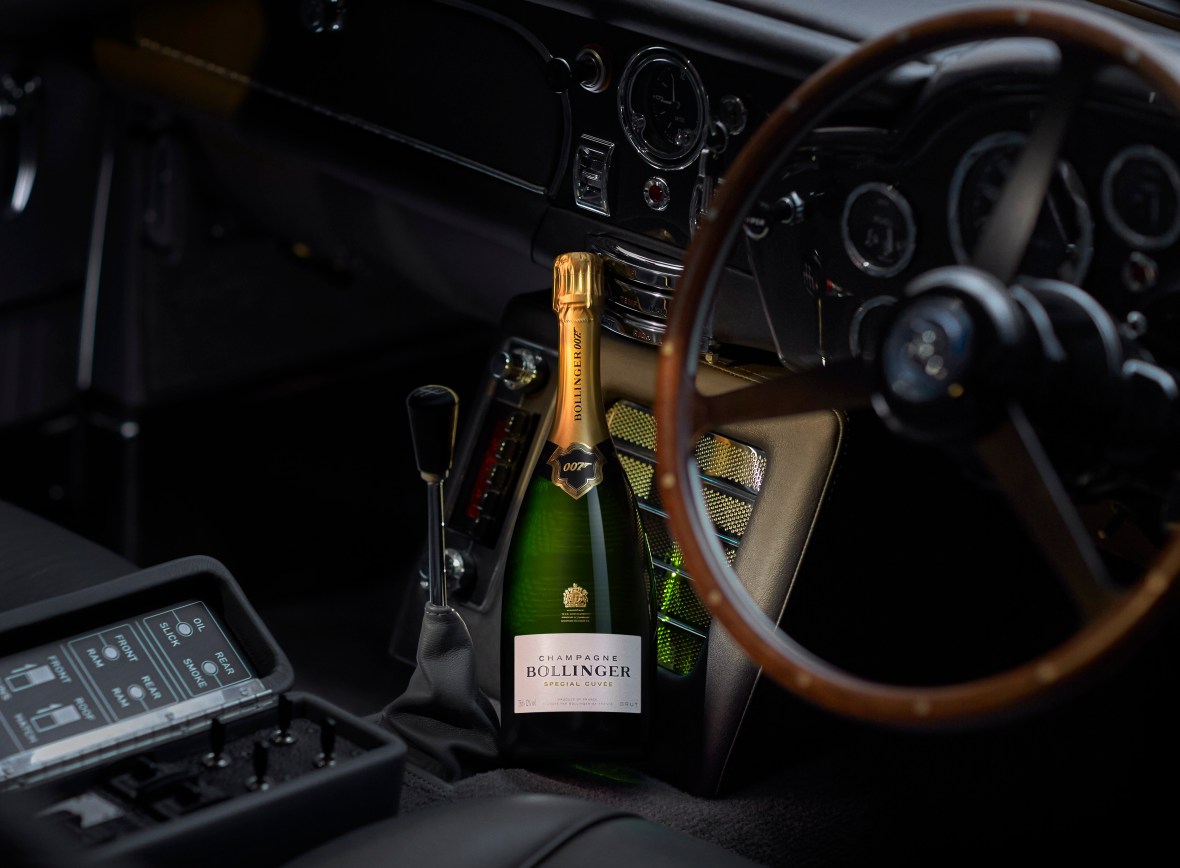
“Yes, the cost of living crisis and inflation affects most people, but the ultra high-net-worth people we are selling to are very insulated,” he said. “They might have lost money on equities [shares] in the last six months, but their spending power certainly hasn’t decreased.”
Some of the major champagne houses have even reported shortages as a result. Others, like Bollinger—the official champagne of James Bond—have come out with even more exclusive and costly vintages to meet the increased demand. And while Lily Bollinger may no longer be in charge of her namesake maison, another female figure is fast becoming the industry’s leading light.
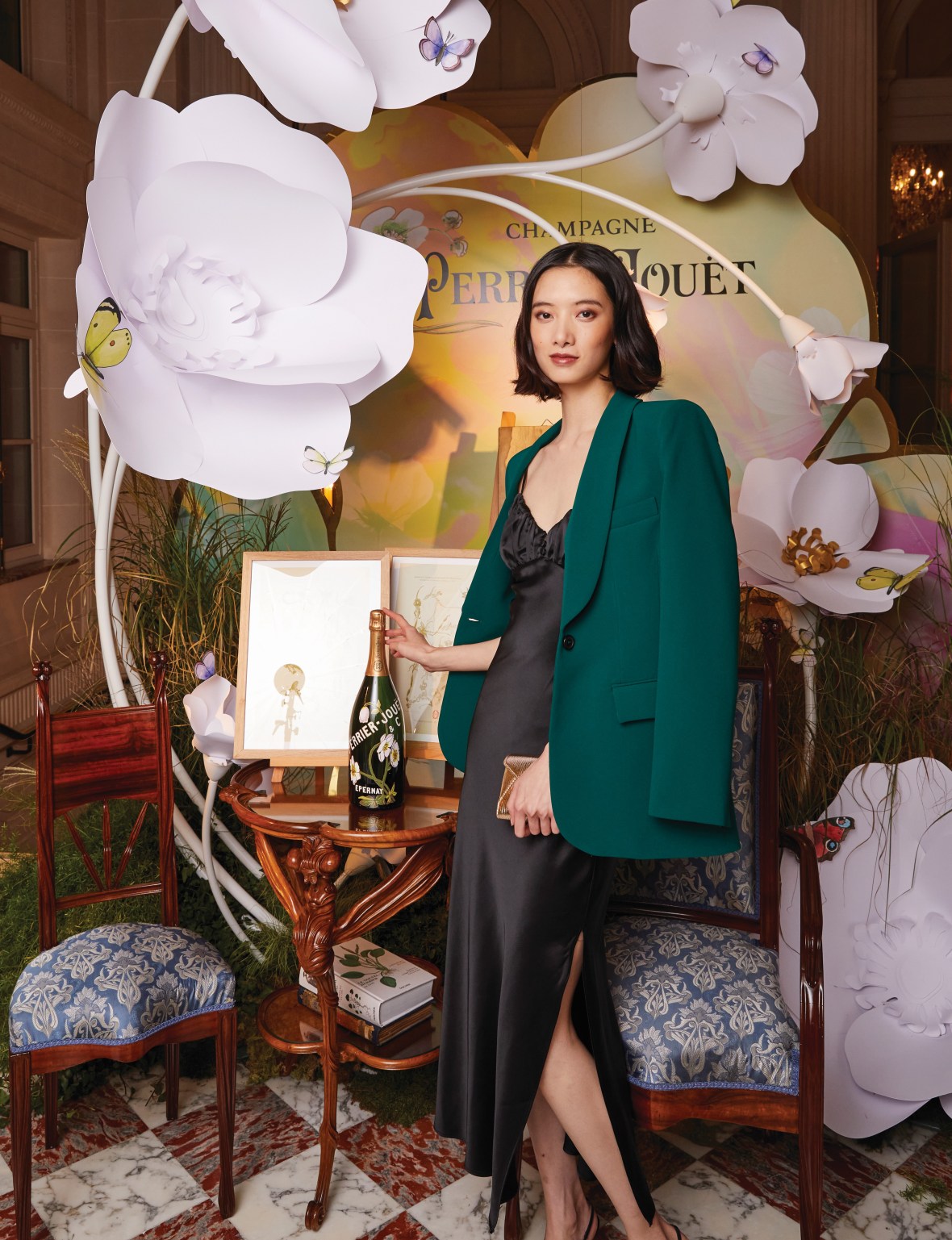
When she succeeded Hervé Deschamps in October 2020, Séverine Frerson became only the eighth Cellar Master—and the first woman to hold the role—in the 200-year-plus history of Maison Perrier-Jouët, which was founded in 1811 and is now part of the prestigious Pernod Ricard portfolio (along with G.H. Mumm).
“Frerson’s passion for champagne was formed at a very early age,” the Maison notes. A native of the region, “She was barely 15 when she chose oenology as her future career, sticking by her decision in defiance of those who told her it was a man’s world. Now at the pinnacle of her profession, she is one of the first female cellar masters at a leading champagne house.”
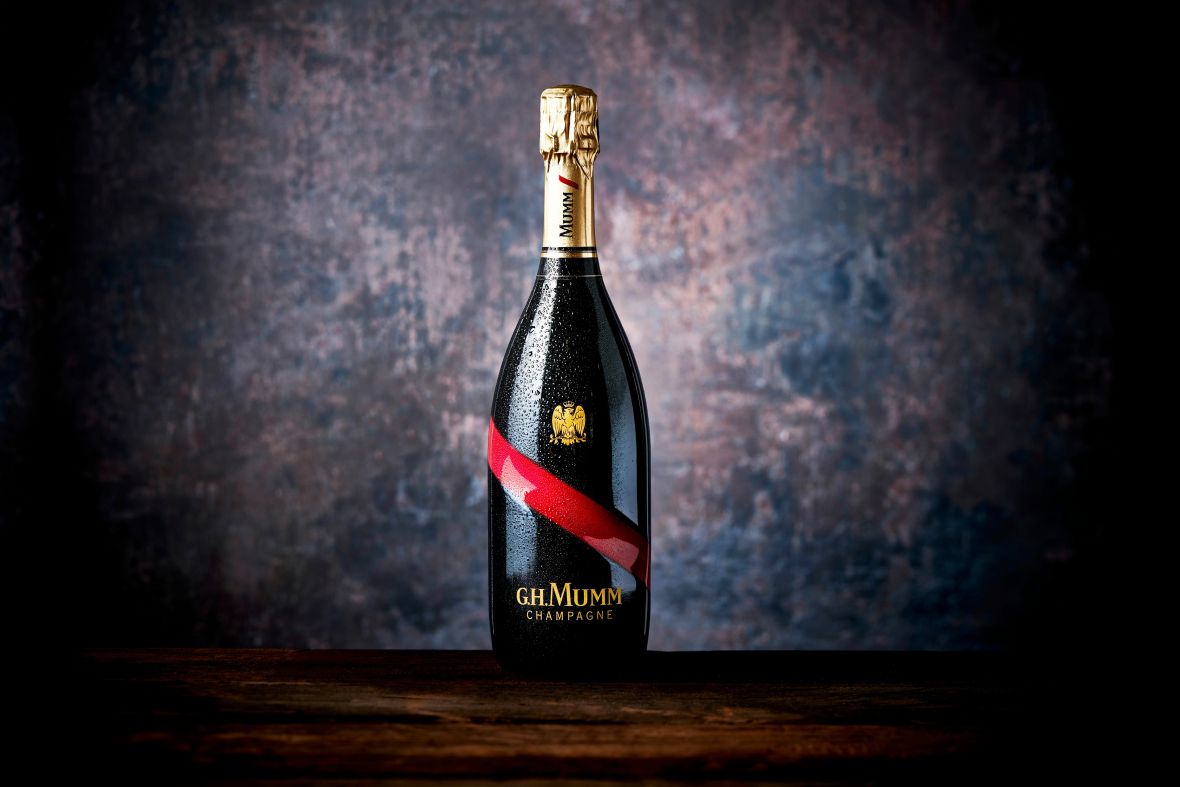
The “extraordinary degree of continuity” imparted by having only eight cellar masters in more than two centuries of winemaking has enabled Perrier-Jouët “to acquire unparalleled expertise in revealing all the facets of its signature Chardonnay grape,” the brand points out.
“It is this specific savoir-faire that lends Perrier-Jouët cuvées the characteristic floral aromas—sometimes delicate, sometimes vibrant, always elegant—that instantly set them apart,” they continue. “Their intricate mouthfeel, meanwhile, reflects the Cellar Master’s meticulous, plot by plot selection of crus, careful choices in terms of vinification, and exceptional blending expertise, the aim being to create a complex yet harmonious wine that reveals the rich nuances of Chardonnay and allows nature to attain its fullest expression.”
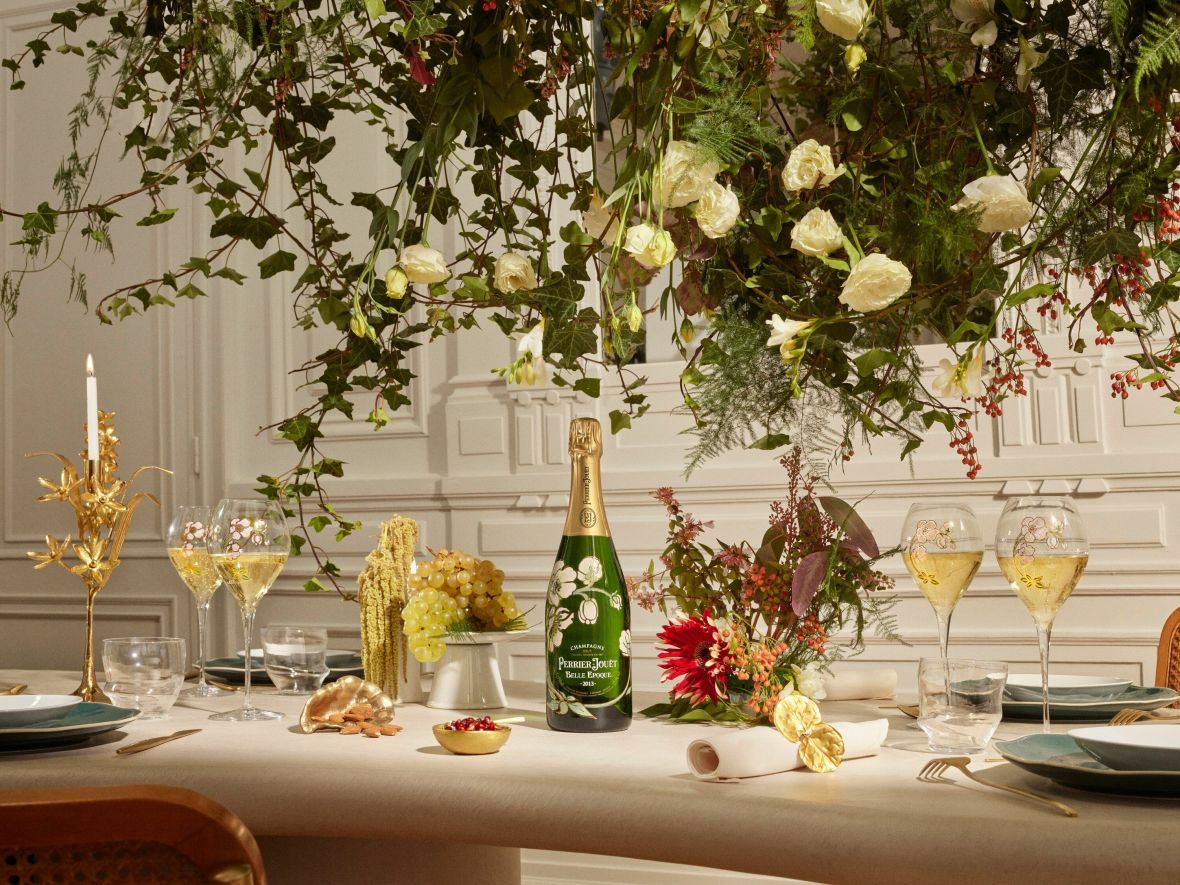
That’s best seen in the maison’s iconic vintage Belle Epoque collection, which includes Perrier-Jouët Belle Epoque Brut, Perrier-Jouët Belle Epoque Blanc de Blancs and Perrier-Jouët Belle Epoque Rosé, all “rare and precious champagnes are produced in very limited quantities,” they note, and only in years of near-perfect conditions.
“The decision to declare a vintage is taken, not at harvest, but several months later, after the tasting of the clear wines between December and January. A Perrier-Jouët Belle Epoque cuvée is thus the Cellar Master’s one-off interpretation of a single, exceptional year, created from grapes from the House’s finest vineyards.”
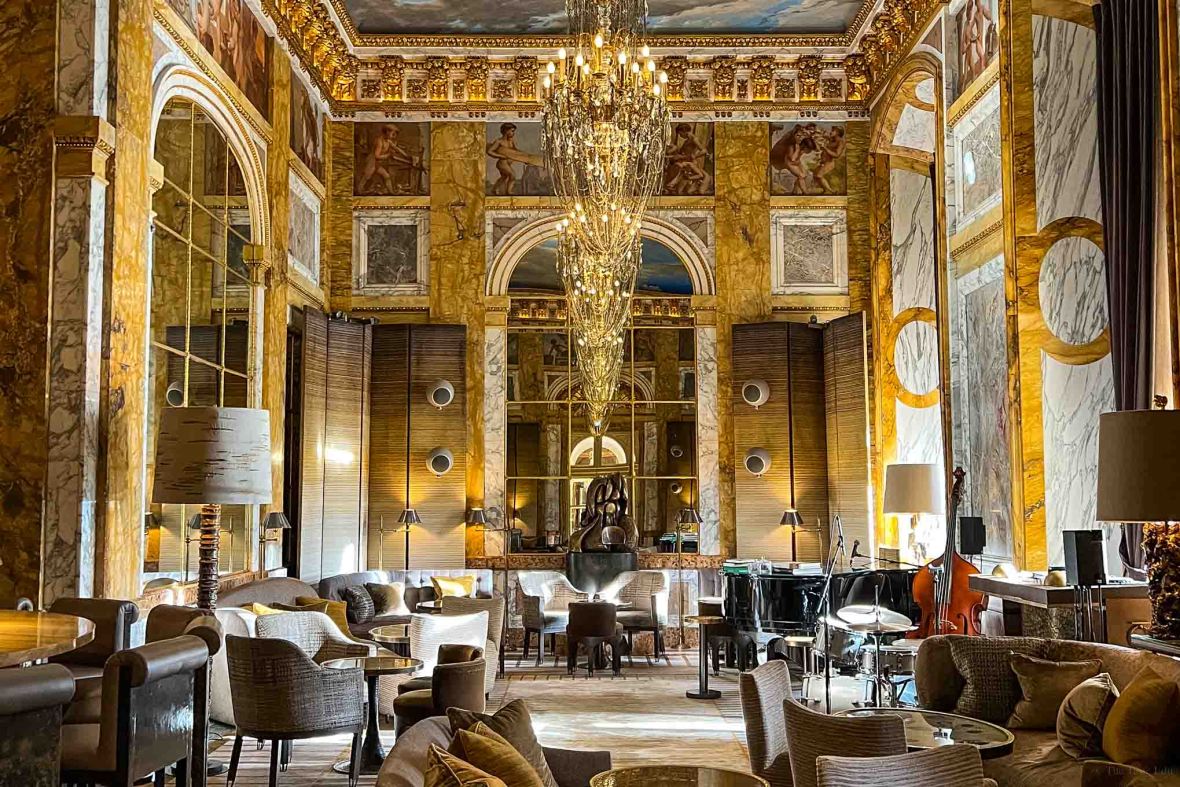
However we were enthralled with the even larger format Perrier-Jouët Belle Epoque bottles which the Maison also poured during the exquisite occasion: Jeroboams (3 liters) of Belle Epoque Brut, Belle Epoque Blanc de Blancs and Belle Epoque Rosé; Mathusalems (6 liters) of Belle Epoque Brut; and the eye-popping Salmanazars (9 liters) of Belle Epoque Brut, equivalent to an entire case.
At a recent celebration of the original Perrier-Jouët Belle Epoque bottle design at the historic, palatial Hôtel de Crillon, A Rosewood Hotel in Paris, the brand unveiled a new limited edition Belle Epoque bottle created by award-winning Austrian designers mischer’traxler, along with an exclusive collaboration with French artist Garance Vallée.
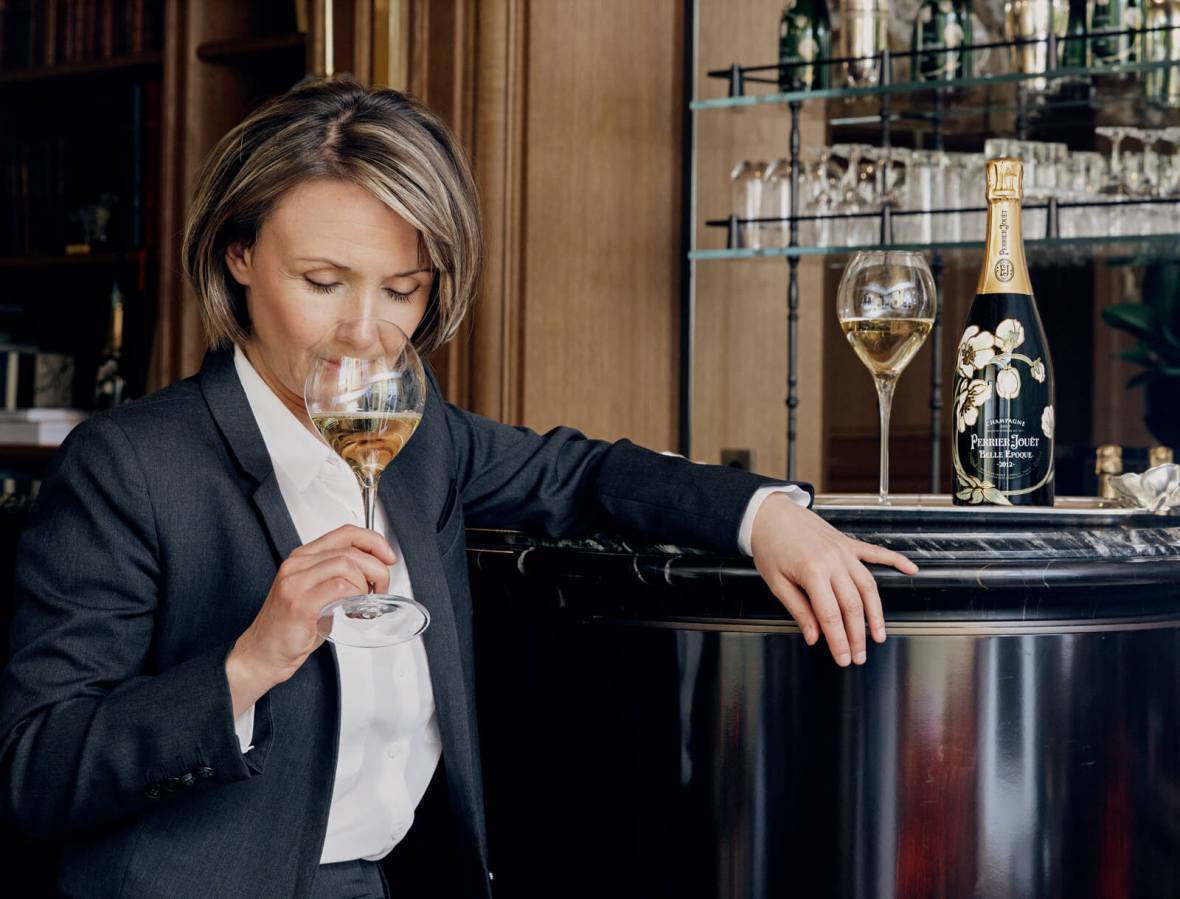
At the star-studded event, and a subsequent VIP dinner at Perrier-Jouët’s storied chateau in Épernay, Frerson presided over pairings and tastings of all of the Belle Epoque collection, including several rare vintages, revealing that she prefers magnums as the best expression of these most elegant of wines.
At the chateau we were also treated to a glimpse of the Maison’s famed Eden cellar, to which Frerson alone holds the key. Among other jewels it contains the last remaining examples of the 1825 vintage, bottled by Perrier-Jouët’s founders and thought to be the oldest champagne in the world; the first brut style champagne ever created, from 1846; and the legendary 1874 vintage, which, establisheda record for the most expensive champagne ever sold at auction when a single bottle fetched $60,000 at Christie’s in 2021.
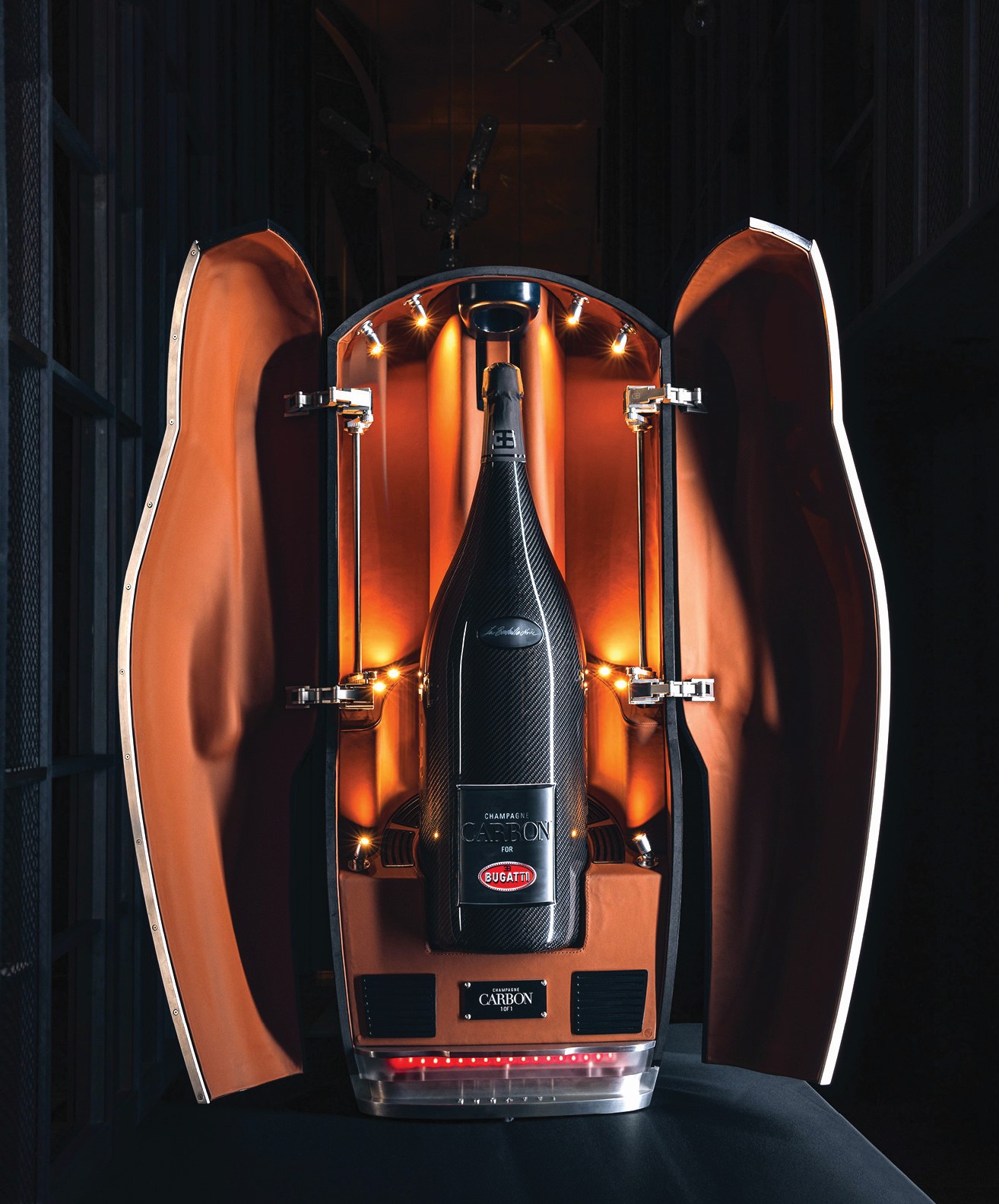
Small wonder that everyone wants in on the act—from Bugatti to Brad Pitt. A few years back the French ultra-luxury marque unveiled a partnership with Champagne Carbon, the maison founded in 2011 by Alexandre Méa, scion of the Méa-Devavry family which has been producing champagne for almost a century.
Their first collaboration was the launch of EB.01, made using only grapes fromthe most distinguished terroirs of Champagne from a 2002 vintage, an homage to Bugatti founder Ettore Bugatti. They subsequently presented a one-of-one vintage champagne in a custom carbon fiber-coated bottle and leather-lined case, dubbed La Bouteille Noire and inspired by their $16 million one-off hypercar, La Voiture Noire.
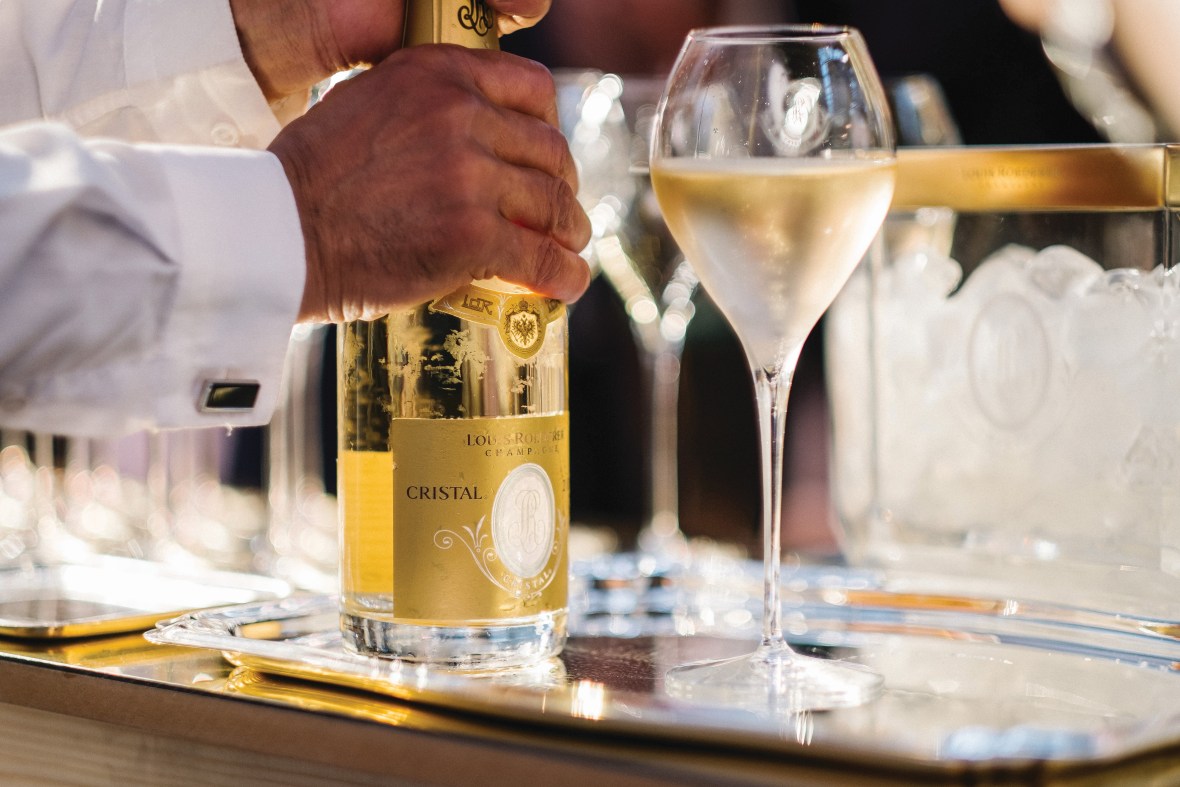
And Pitt’s $310-per-bottle Fleur de Miraval rosé champagne, a collaboration with the storied Perrin and Péters families, and a spinoff of the vineyard he owns in France, was served at this year’s Oscars ceremony. As Pitt says, “For me, champagne conjures up feelings of celebration, quality, prestige and luxury.” Fleur de Miraval prides itself on being the first and only champagne house exclusively devoted to rosé champagne.
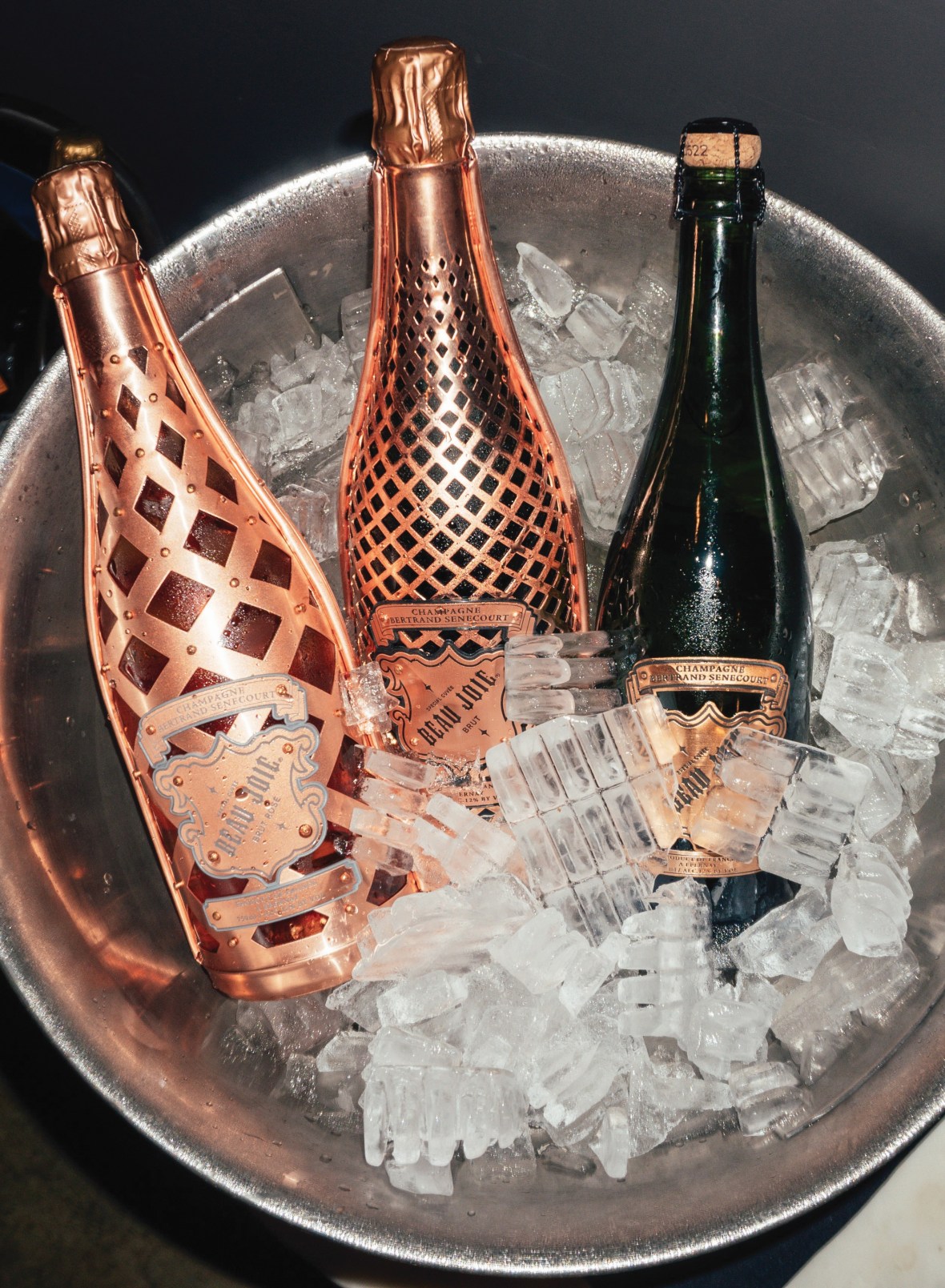
Rosé champagne has been growing in popularity of late, its pinkish hue adding even more of a celebratory note for some tipplers; it also pairs extremely well with gourmet food. Champagne Beau Joie, which since its start in 2010 has doubled its growth every year and is now in 30 countries and producing more than 300,000 bottles a year, makes one of the most enticing expressions.
Its Brut Rosé comes in a copper latticework bottle that is among the most attractive on the market. Aged on lees for a minimum of four years, no further sugar is added through dosage, “allowing the wine to maintain its freshness, lively acidity, and natural aromas,” the brand notes.
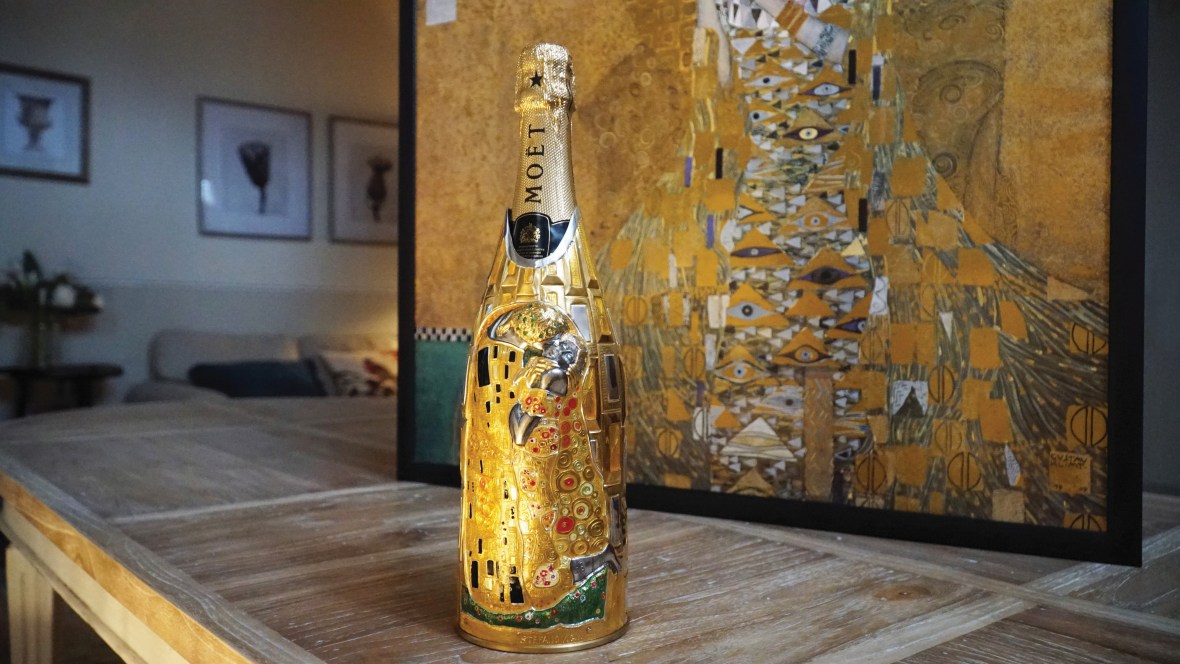
Not every brand can boast the beauty of Beau Joie’s bottles. But PMP Firenze will make you a custom cover for your favorite vintage that’s truly a one-of-a-kind creation. Founded in Florence in 1978 by master silversmith Sergio Pacini, the brand recently turned its hand to producing lavish creations worthy of the Russian Czars—who preferred Cristal, of course.
The K-Over collection, as its called, not only beautifies your bottle but keeps it cool as well. And from gold filigree to precious jewels, they can execute pretty much any commission, with no two ever alike.
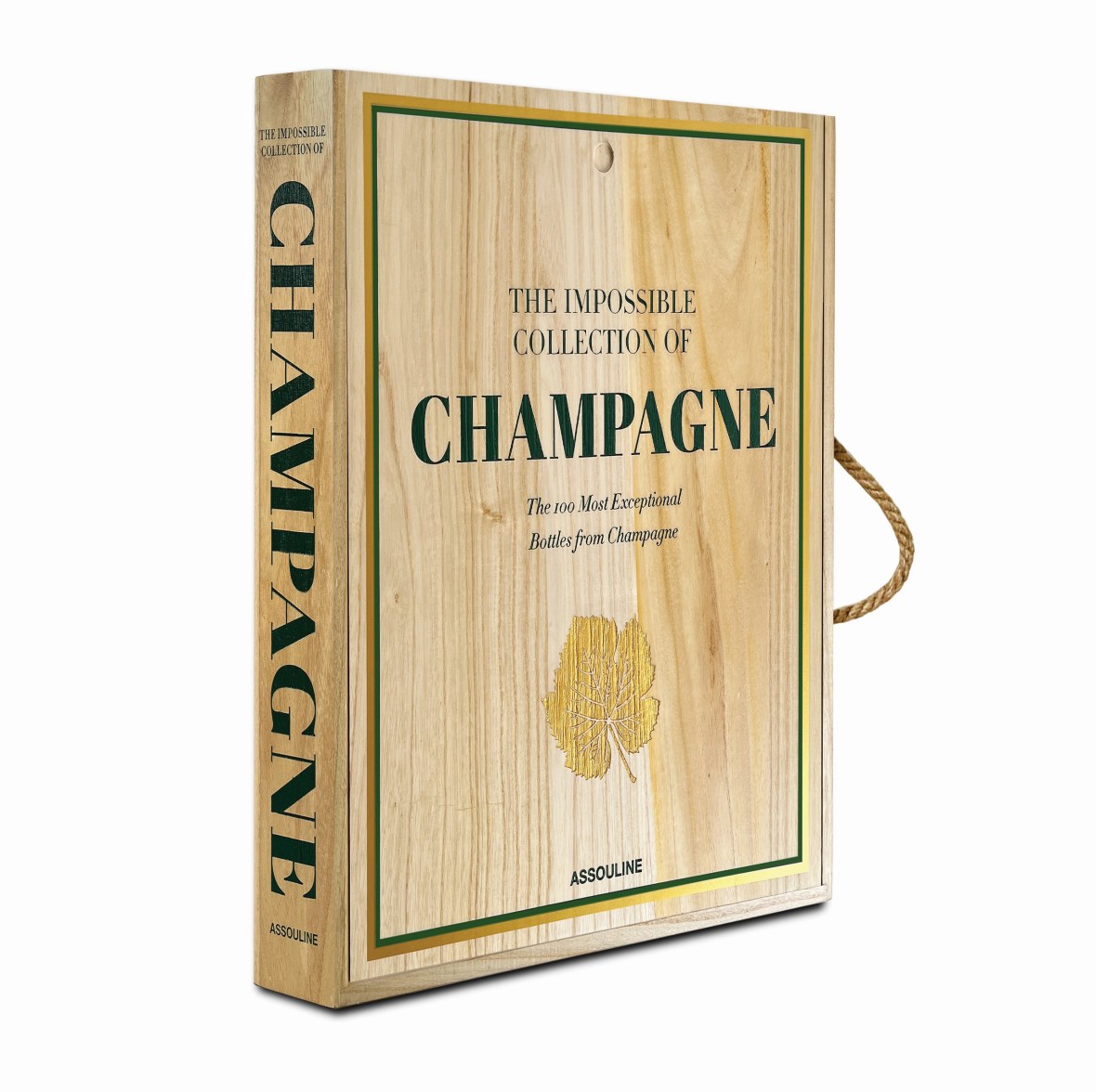
Whether you prefer your champagne in its plain glass bottle, or in a bespoke casing that would make Carl Fabergé go green with envy, the real enjoyment comes once the glasses are ready and the guests assembled.
As author, designer and bon vivant Natty Adams wrote in WM Brown magazine, “It is an indisputable fact that the opening of a bottle of champagne—whether by conventional uncorking, sabrage, Formula 1-style shake-n-spray, or smashing against the hull of a ship—is the perfect way to mark a moment of celebration. What is more often unrecognized, at least outside of France, is that champagne itself is as much a cause for celebration as it is the hallmark of one. That is to say, any moment can be made a special occasion with the pop of a cork.”
This article originally appeared in the May/June 2023 issue of Maxim magazine.
